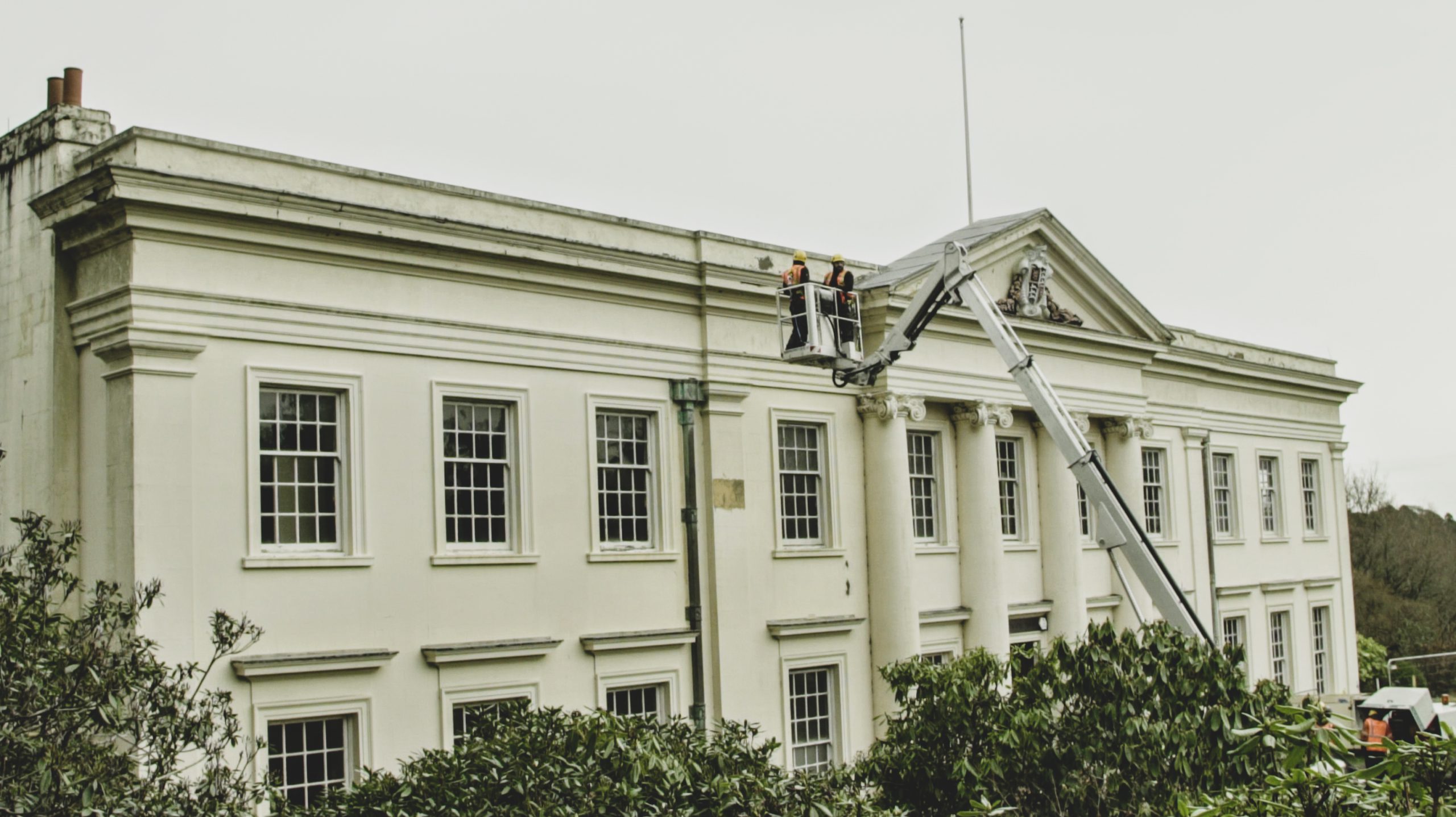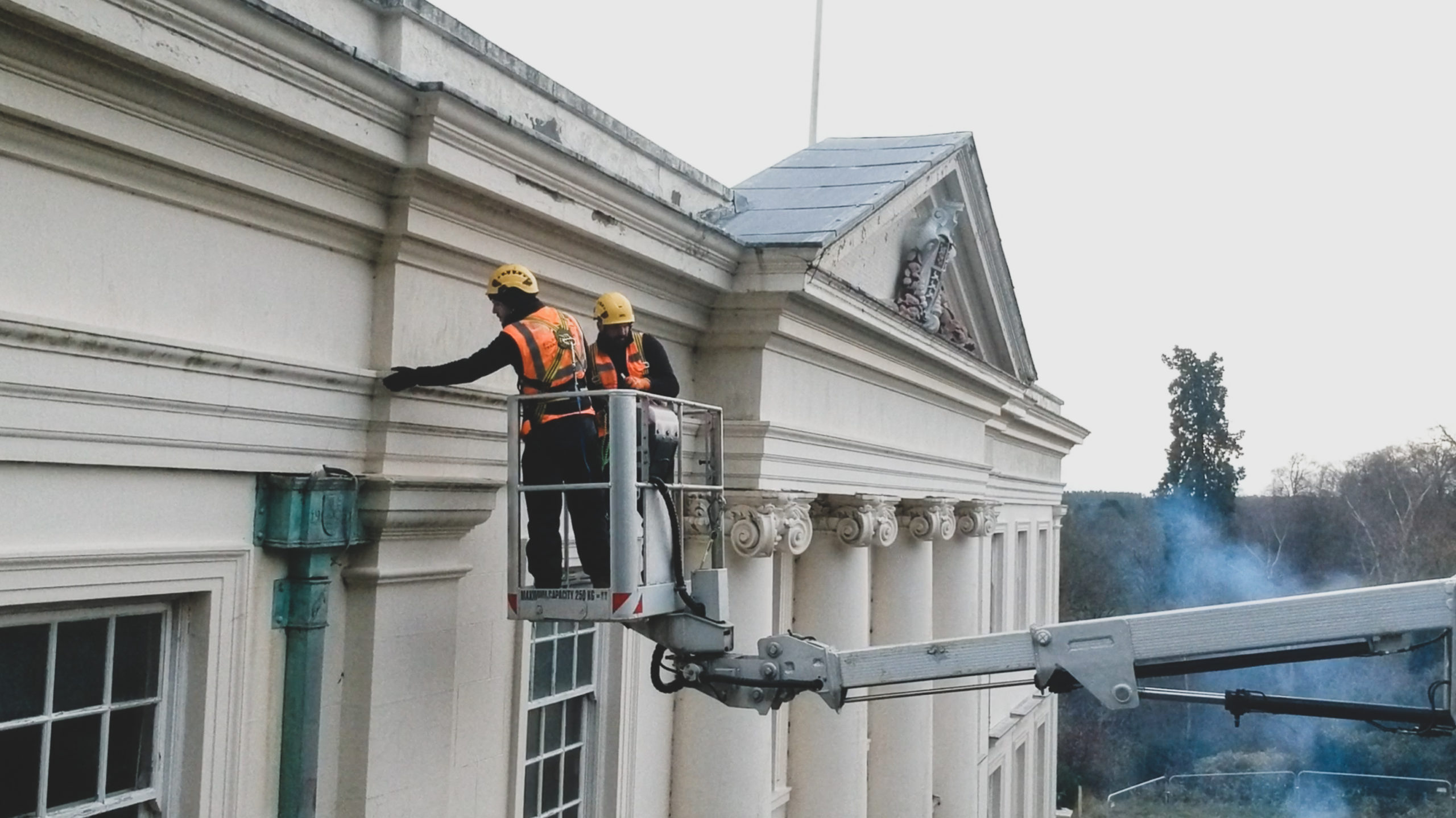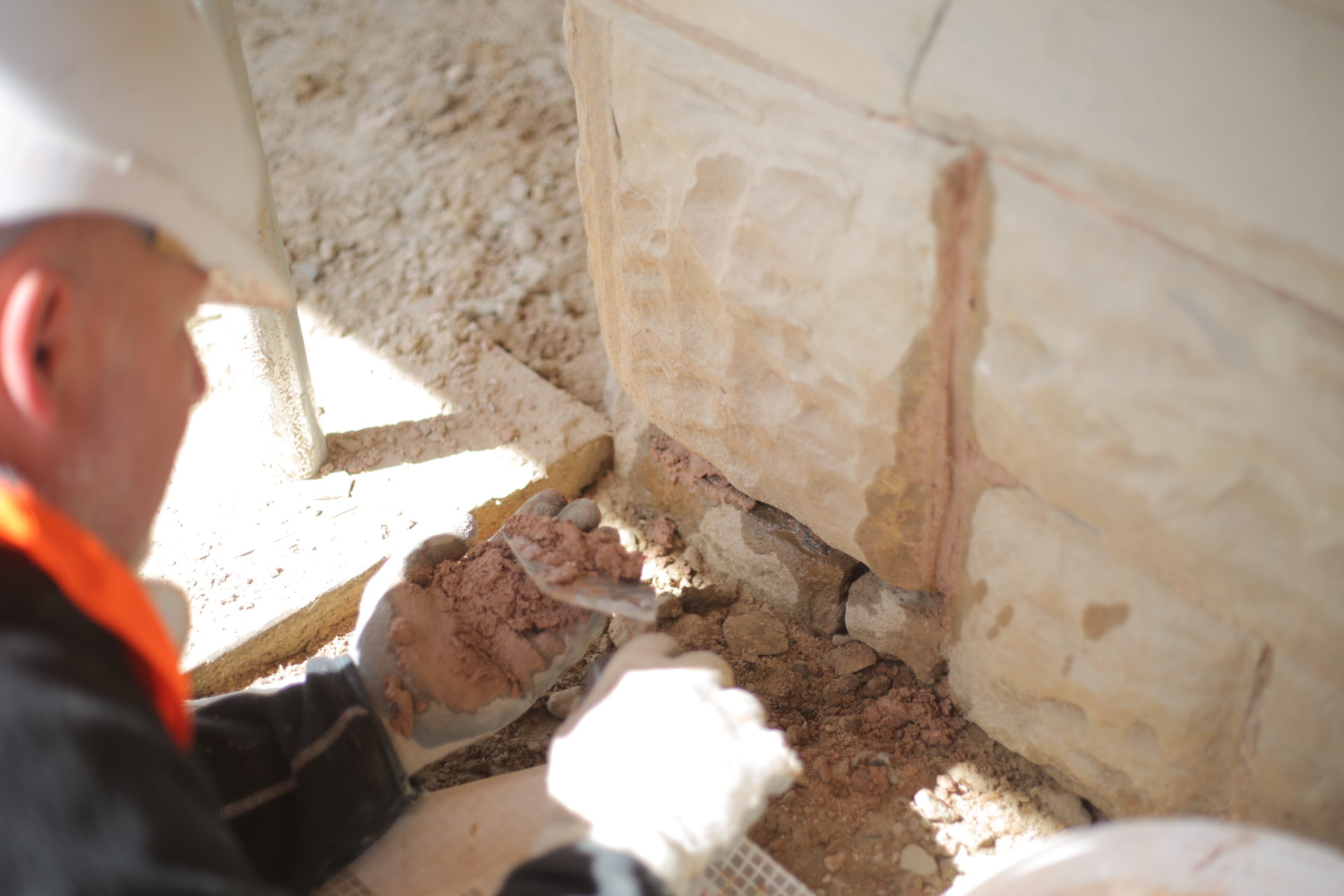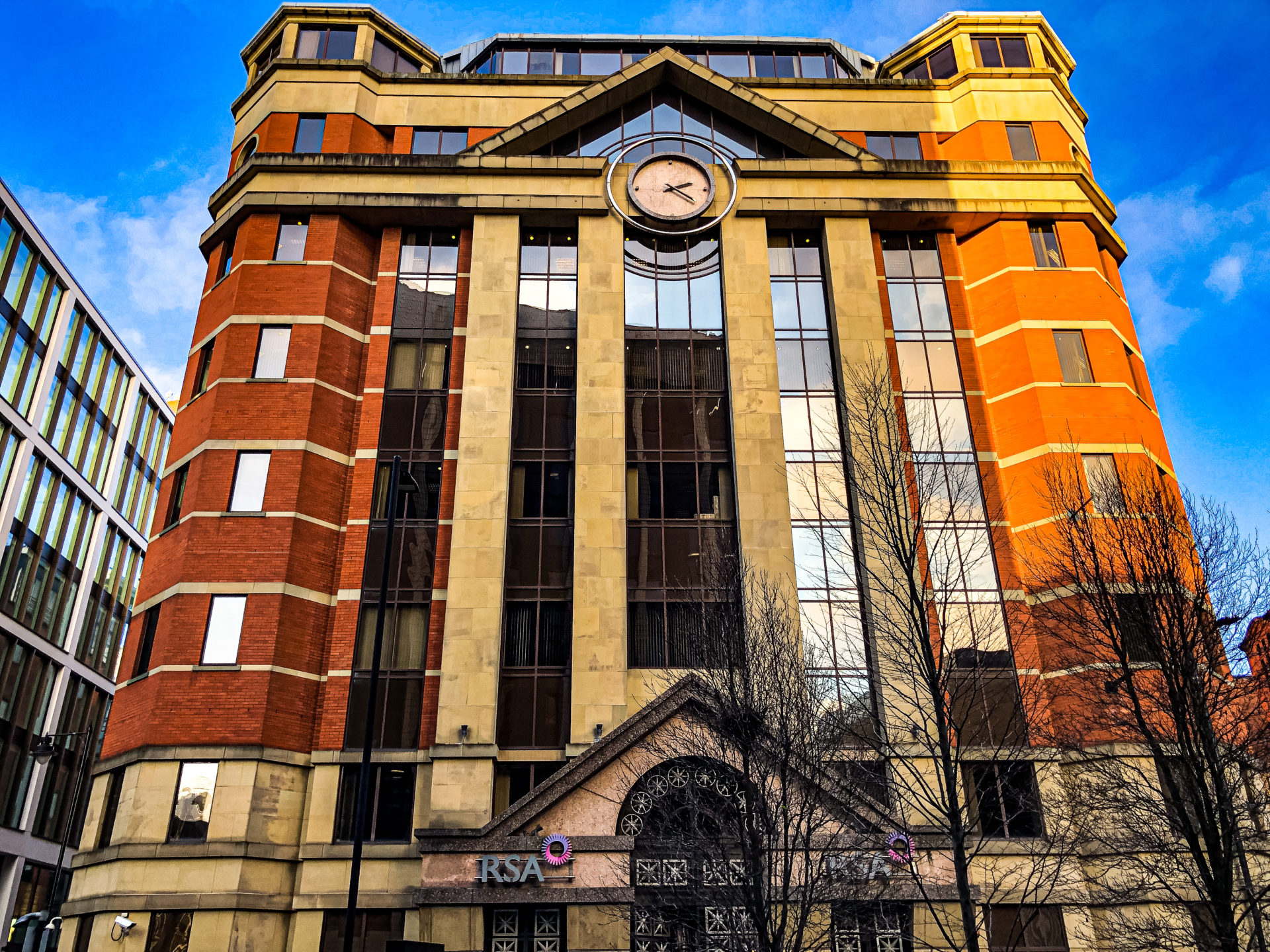There are a range of different sources for financial support when looking to restore historic buildings but accessing this funding will be dependent on several factors. Some funding bodies support building restoration projects with tailored grants, both for private owners and commercial enterprises, but usually, funding is given to projects undertaken with the support of charities and other non-profit organisations. The types of funding available include:
- Grants for specific work or towards the overall cost of a project
- Specialist loans are akin to a mortgage in the way they work for the building’s restoration.
Grants are available from a wide range of different types of organisations, most notably Historic England and other Government departments and related agencies. Funding may also be sought from:
- Local government sources
- European funding
- Lottery funding, most notably the Heritage Lottery Fund
- Charitable trusts
- Charitable foundations
- The Architectural Heritage Fund
- Commercial sector organisations
- Private individuals/Friends’ societies
- Community share groups and organisations
There is significant demand for most grants and they have to be prioritised. Grant applications are assessed against any particular priorities set out by the organisation, so it is important to have an understanding of this.
Restoration Grants and National Priorities
Different organisations will have different focuses. Historic England, for example, has two national priorities which are:
- Significant elements of the historic environment at risk
- Activities that strengthen the ability of the sector to reduce or avoid risk to the historic environment by understanding, managing and conserving.
While this is just one organisation’s commitment, others will have similar pledges and priorities. So, when looking for grant funding, you should find the most relevant one for your project. There are also a wide range of sources of grants which you can explore before deciding where to apply.
Qualifying and Applying for Building Restoration Grants
Every funding organisation will lay out its own criteria for qualifying and applying so it is important to take your time to assess the different options out there. Some may include elements such as the statutory designation of the building, the nature of the application and the specific works planned. Grant value will also differ from area to area depending on size, level of repairs, and the type of grant.
Some organisations will only offer grants to sites which are accessible to the public for a majority of the year and those that attract visitors regularly. Most grant funding is given to buildings with Grade I or II listed status or a Scheduled Monument in England.
It is important to apply for grants relevant to your project and restoration plans. General fundraising appeals do not work for this specific kind of funding.
Success Stories
Around the UK, many projects are granted funding each year, allowing recognisable properties and areas to be returned to their former glory. For example, St Martin-in-the-Fields, a London restoration project, received National Lottery Heritage Funding of over £1.5million, and the building now benefits the wider community more than it could before. Similarly, in the historic town of Leicester a restoration project attracted over £1.1m in investment to restore building façades and bring the area back to life.
Works and Projects Carried Out Under Grant Funding
Accessing grant funding is often highly dependent on the project and what the results will bring into the local environment. Grant funding is possible for maintenance, repair and restoration works, which can be split definitively.
Understanding Maintenance
Maintenance is defined by Conservation Principles 2008 as work that is ‘necessary to keep the fabric of a place in good order”. With historic buildings, this includes considerable care and attention as you do not wish to damage the potentially listed original façade and building architecture.
Maintenance exists to limit deterioration and involves regular building inspections before works are agreed on and can be a process of preempting problems to avoid them becoming serious repair problems. Maintenance is a vital element of restoration and helps to keep historic buildings in a better condition for longer. It is worth examining the need for the maintenance of historic and listed buildings carefully as issues such as access and conservation rules will need to be considered carefully. Options such as rope and abseiling access solutions ensure that even the most difficult areas of a building can be reached safely.
Understanding Repair
Conservation Principles 2008 define repair as ‘work beyond the scope of maintenance, to remedy defects caused by decay, damage or use, including minor adaptation to achieve a sustainable outcome, but not involving alteration or restoration’. Repair works are necessary to ensure a building can remain as it was built to be and can be enjoyed for years to come.
Repair is required to keep a building in use and may involve works from brick repointing to cleaning services, which sympathetically ensures the brickwork maintains its original look without damaging the surface substrate with pressure or high-powered washing processes which do not consider the conditions of the original materials.
Understanding Restoration
The restoration process can involve elements of maintenance and repairs, but it is usually a lot more complex and can involve rebuilding or replicating original design features if they cannot be maintained in their existing format.
Restoration projects may include interior work as well as façade restoration to maintain the historic appearance and initial impact of a listed building. Restoration can revitalise the face of a building if certain additions or changes are needed, such as re-roofing, repointing, or other protective measures to conserve the building.
Restoring Britain’s Historic Buildings
Accessing grant funding is not easy, but the results and rewards are plentiful and keep our history alive for future generations, too. The work involved to maintain the original building, facades and more, is delicate and sometimes painstaking, so it is understandable that grant funding is rare because of the amount of capital involved.
Many organisations, from the National Lottery Heritage Fund to Historic England Grant Schemes, are committed to keeping some of the oldest and most important buildings in the country alive, but with so much to choose from, it’s understandable that grant applications take time and commitment.
Listed and Historic Building Restoration
For a listed and historic building restoration project to succeed, you need a team of qualified professionals behind you, especially when it comes to budget planning and allocation, as well as sensitive repairs and building maintenance. Our specialists have the knowledge, skills, and experience to sympathetically survey, repair, and restore your historic building so it can be enjoyed for many years to come.















